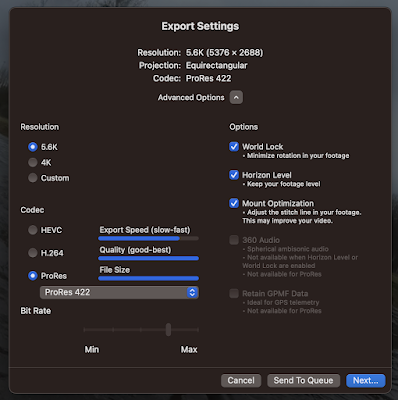Terra incognita is a term derived from cartography and designates undiscovered lands; lands that are unknown, unmapped and, by implication, unowned.
It is closely associated with global expansions of the European colonial era, when explorers mapped the "unknown", then (usually) claiming the lands on behalf of their sovereign.
Through military conquest or legal fiat, the terra incognita segues into terra nullius ("nobody's land") or as military prize, to become the domain of a Crown or State.
The same process also corresponds to the domination, subjugation and alienation of indigenous peoples, through conquest or the law.
How might these consequential topics, linked with the great voyages of 'discovery', cartography, and conquest relate to contemporary high-tech design initiatives?
The concept of a terra incognita can be applied to technological feature topologies.
In this sense the terra incognita hints at the design and features of an emerging technology are as yet undetermined, unknown, or open to negotiation.
By considering an emerging technology to be a malleable resource, as a "terra incognita", diverse actors will engage in technological land-grabs in order to take ownership or control of the future shape of that technology.
Systems and technology designs are a kind of property, and the technology for public services is a kind of public property.
Contests for control and power take place for project resources but more significantly for the potentially preferable, desirable, lucrative or advantageous directions that design decisions may lead to.
Ownership or control of the features of a future technology is important because technology can become a "resource for", an instrument or system yielding power, money, influence etc.
And so it turns out that contests to control the shape of emerging technology are actually contests for the opportunity, if not the right, to shape social institutions.
Sharing 360° video?
So, you've got a 360 degree video file from your GoPro. What to do with it? Well, share it on YouTube. YouTube supports uploading and pl...

-
So, you've got a 360 degree video file from your GoPro. What to do with it? Well, share it on YouTube. YouTube supports uploading and pl...
-
(CTAN, a meta-level resource for all things TeX www.ctan.org/ ) Step 1: MacTeX packages for Mac. Install MacTeX, after which do the foll...
-
First, read the article "AI-generated art illustrates another problem with technology" by John Naughton on the Guardian (20 Aug...
